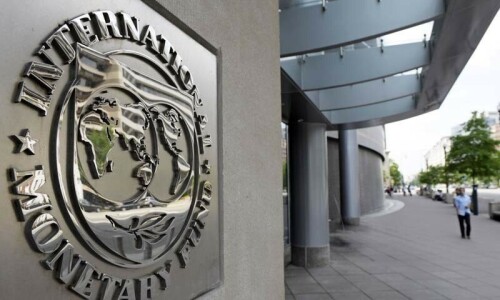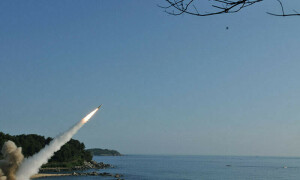ON Thursday, voters will elect a new government tasked with managing one of the country’s worst-ever economic crises: growth shrank, inflation soared to record highs, the rupee weakened rapidly, and foreign reserves dwindled in the last two years.
However, the ‘economic programmes’ articulated by the three major contenders for power — the PML-N, PTI and PPP — in their respective election manifestos show that none has an actionable short- to long-term strategy to tackle the daunting economic challenges.
More crucially, no party talks of how they intend to accomplish the immediate task of approaching the IMF for another larger and longer funding programme — critical to economic revival — once the current $3bn facility expires in mid-April, to avoid the prospect of default.
Rather than giving the party’s roadmap for achieving macroeconomic and other targets in their manifestos, and outlining economic objectives, priorities and policy intentions, each party has made frivolous promises instead.
For example, the PML-N, whose leadership likes to harp on the party’s ‘development narrative’ and building a network of motorways and roads, has pledged to create 10m jobs, enhance wages to match inflation and cut electricity bills by 20-30pc. How? They don’t explain.
Likewise, the PPP has promised to double salaries, and provide free electricity up to 300 units and subsidies to alleviate the impact of inflation on voters, as well as generate employment opportunities for young labour market entrants.
Though the PTI has avoided populist commitments, its economic plan, like those of the PML-N and PPP, is also heavy on rhetoric, hardly giving concrete strategies to achieve the macroeconomic goals its manifesto defines.
Elections are the best time for political parties to send their message to the voters and rally support around their socioeconomic priorities. However, in Pakistan, parties usually avoid providing quantitative, evidence-based policy targets with a detailed overview of how and when they intend to implement their economic promises.
A PIDE study of past election manifestos of the major parties shows that these documents did not contain concrete plans and largely comprised empty promises, with no homework done vis-à-vis future goals.
While the PML-N is seeking votes for its promise of delivering ‘speedy development’, PTI is staking its claims on the basis of its ‘economic performance’ during the Covid pandemic, and PPP on its social welfare agenda. That means these parties do not have any ready economic policy blueprints to work on if voted into power.
Both the PML-N and PTI may have given some abstract macroeconomic, export and other targets and priorities in their new manifestos, but do not offer any specifics or practical strategies to achieve these goals if elected to power. Little wonder these parties are unable to consistently pursue their economic policies even through a single budget cycle.
Published in Dawn, February 5th, 2024










































Dear visitor, the comments section is undergoing an overhaul and will return soon.